Mention the name Hohner to the average non-musician and they’ll probably have some dim recollection of it being a musical instrument manufacturer. Those with more than a passing interest in Dylan or the blues will connect it with the harmonica in some way (although they’ll probably use the now slightly archaic phrase ‘mouth organ’ in their answer). Others will incorrectly conflate it with the near homonym ‘Hofner’ and talk about awful violin-shaped basses, that, despite their ugliness and poor tone, changed the face of modern music in the hands of Paul McCartney. The point is, most will have some awareness of the Hohner brand, despite it being, like a nightclub I once encountered in Phuket, which proudly proclaimed itself as the ‘second best nightclub on the island’, the second oldest harmonica manufacturer.
The title of the oldest harmonica manufacturer, or, at least, oldest extant one, actually lies with Seydel, or to give it its full, and suitably Germanic title, CA Seydel and Sönne, which has a good ten years’ seniority over its compatriot and chief rival. Despite this, it remains a brand familiar to few outside of the immediate harmonica community. In fact, even fairly keen harmonica players are sometimes unaware of Seydel’s history, which can lead to them favouring the default producer that is Hohner.
So, how did a company that had a significant head start on what is now the market leader lose out? The answer lies in an interesting history that takes in politics, World War 2 and a considerable amount of poor luck.
Small Beginnings
The Seydel family were originally miners in Saxony. When this activity ceased to be cost effective, the brothers Johaan and Christian Seydel began to make musical instruments, eventually leading to their being approved by the court of Untersachsenberg as harmonica manufacturers (these being the days when doing anything other than scraping a living in subsistence agriculture seemed to require official approval from some court or other).
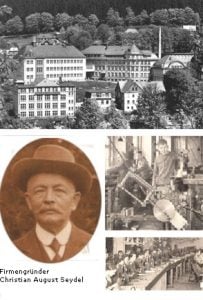
Expansion continued with the incorporation of Christian’s sons into the business, who, unlike many heirs to industrial revolution era manufacturing companies, didn’t gamble or drink away the fortunes made by their parents. In fact, with their connections to North America, they significantly increased sales for the company, to the extent that by the start of the 20th Century Seydel harmonicas were being sold in most developed countries.
The Great Depression
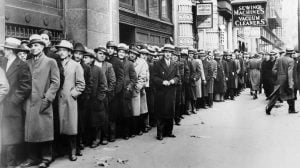
Between the wars Seydel suffered quite badly, as did many similar companies, as world demand for consumer products dropped in the wake of the Great Depression. They did, however, find a burgeoning market in Australia, where gimmickry (a boomerang shaped harmonica), a partnerhip with a major music retailer, and some rather suspect, albeit, of-its-time, marketing (‘King Billy’ – a crude aboriginal, harmonica-playing character) led to unexpectedly high sales.
Post War Blues
After the Second World War, Seydel was in the unfortunate position of finding its manufacturing facilities on the wrong side of the Iron Curtain. East Germany (or the German Democratic Republic, as it was then rather spuriously known given that it was a communist dictatorship) had something of an inferiority complex. West Germany was close enough that inhabitants of the GDR could pick up its radio and TV signal and see the array of consumer products that were available to their decadent western neighbours. The GDR needed to compete, and it did so by nationalising and merging companies, then decreeing exactly what they should produce for the citizens of the country.
And so Seydel was absorbed into the snappily titled ‘VEB Klingenthal Harmonica Works’ – a sort of communist harmonica version of British Leyland, which did for harmonicas what BL did for cars in the 1970s (for those of you unaware of the horrors of the BL era, do a quick search for ‘Austin Allegro’ or ‘Austin Princess’). For those of a curious nature, Seydel harmonicas from this era regularly appear on online auction sites, often at bewilderingly high prices, given that significantly better vintage Hohner equivalents usually fetch about half the price. One can only assume that GDR aficionados are responsible for these inflated values, as the tone and build quality of these harmonicas, which were usually produced under the Bandmaster brand, is fairly poor.
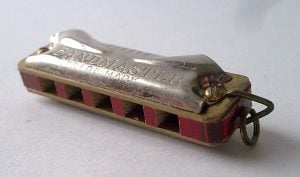
The Wall Comes Down
It wasn’t until well after the Berlin Wall had come down and David Hasselhoff had vacated the number one spot in the West German singles chart with the soft rock awfulness of ‘Looking for Freedom’ that the Seydel facilities were handed back to the original family. The only problems with this were that the family hadn’t been involved in the industry for 50 or so years and the tooling and designs of harmonicas being produced were somewhat antiquated. Despite this, with the help of the works manager, Karl Pucholt, who designed a new harmonica around a Special 20 style plastic comb, and identified niches, such as custom tunings, Seydel began to be taken seriously again. Not seriously enough, however, to avoid insolvency in 2004.
The Present
Fortunately, the company soon found new owners in the shape of Niama Media, who placed Klingenthal native, Lars Seifert in charge, leading to a significant turnaround in Seydel’s fortunes. Today, the company operates as a small, dynamic team, with a focus on the quality end of the harmonica market. One of their particular USPs is the use of stainless steel reeds in many of their products. These tend to last longer than the more commonly used brass reeds, and provide their harps with a distinctive sound and feel.
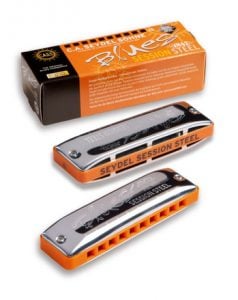
To view the complete range of Seydel harmonicas, including diatonics, chromatics, tremolos and octaves, please click here

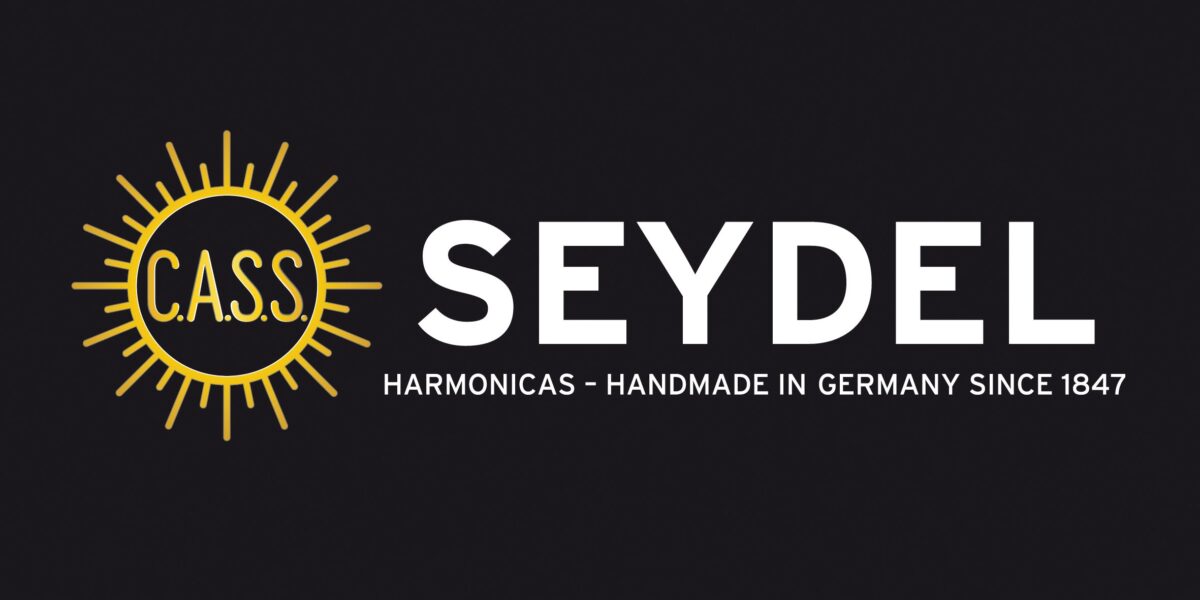
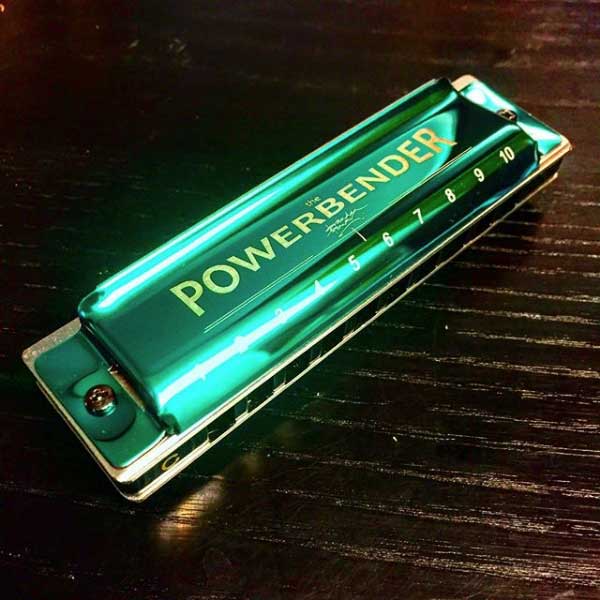
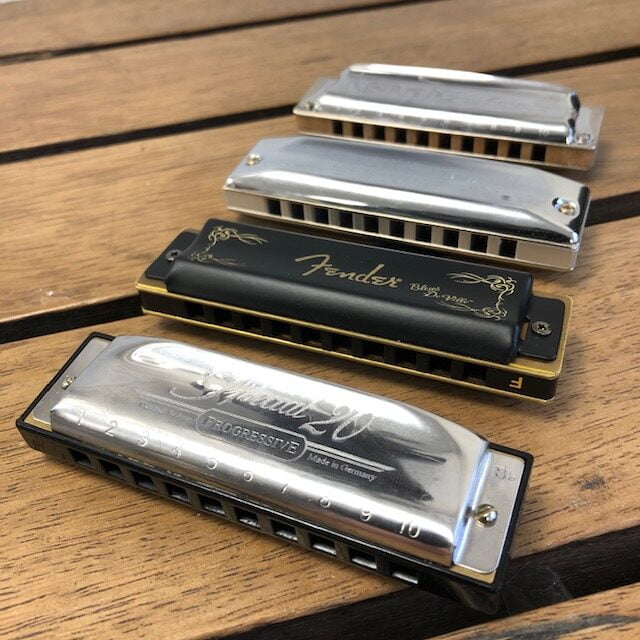
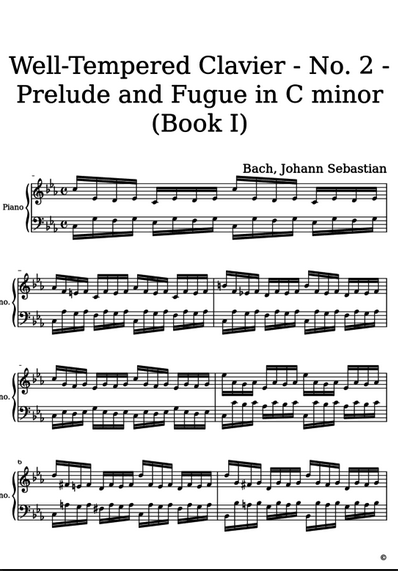
I am fond of Seydel Harmonica. I have one Saxony orchestra model, a wonderful instrument. I am enjoying immense pleasure of playing with this Harmonica. Truly an awesome product.